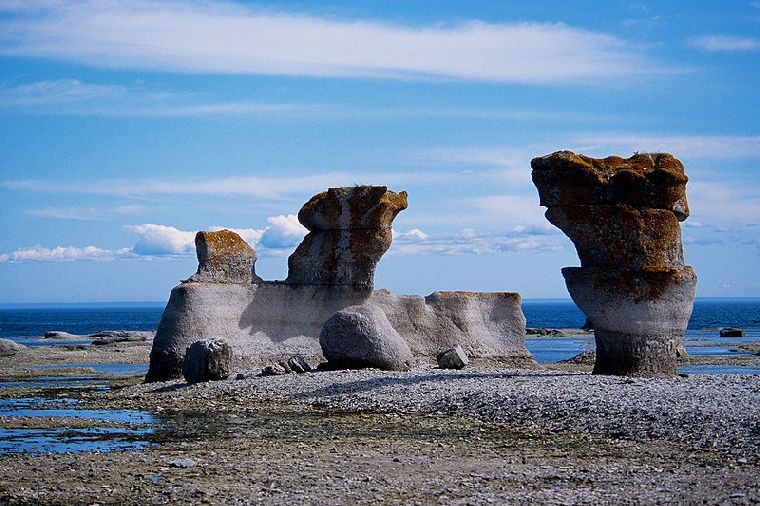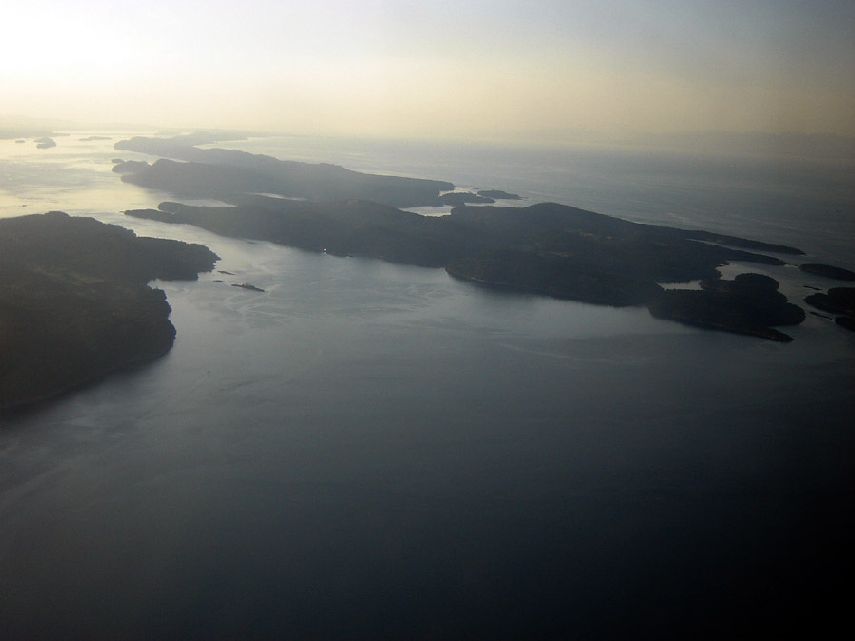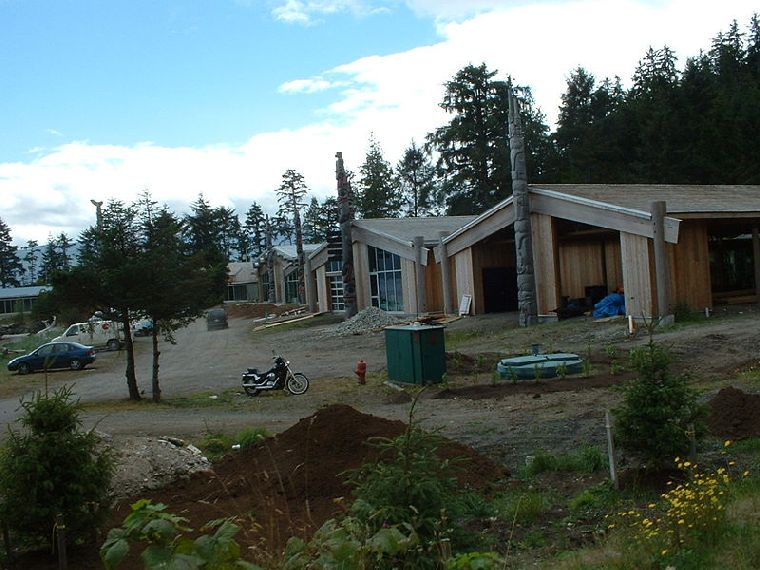Top Museums In Quebec
Musee de la Civilisation
85 Rue Dalhousie.
Tel: (418) 6432158.
Top contemporary Canadian architect Moshe Safdie designed this modern limestone and glass building in Basse-Ville to house Quebec’s museum of history and culture. Although highly up-to-date in feel, the construction has won several prizes for blending in well with its historic surroundings. Three heritage buildings are part of the museum’s structure including Maison d’Estebe, an 18th-century merchant’s house. The museum also uses another nearby 18th-century house, Maison Chevalier, for displaying Quebec architecture and furniture in period setting.
Museum exhibits include “Encounters with the First Nations,” and the remains of a 250-year-old French flat bottomed boat. Many exhibits are hands-on, and, during workshops for families, participants are encouraged to try on costumes from different eras.
Rue du Petit Champlain
Below Dufferin Terrace in Old City.
Tel: (418) 692 2613.
The aptly named Escalier Casse-Cou, or Breakneck Stairs, descends from Haute-Ville past several levels of gift shops to end on this narrow little walkway in the oldest part of the town. French artisans built homes here as early as the 1680s, and Irish dockworkers moved to the area in the 19th century. Much of the historic architecture remained, but the area fell into decline early in the 20th century. The workers’ homes have been transformed into 50 art and speciality shops and restaurants, and the short pedestrian walkway has become one of the liveliest spots in old Quebec City. While often crowded, some interesting boutiques can be found.
Rue du Tresor
off Place d’Armes.
This tiny alley just across rue de Buade from Holy Trinity cathedral is something of a Quebecois institution. Closed to cars, the little street is packed in summer with visitors eager to have their portraits drawn, painted, or caricatured by the dozens of street artists who gather here. Browsing for sketches and watercolors of Quebec scenes can be fun.

















Canada Cities